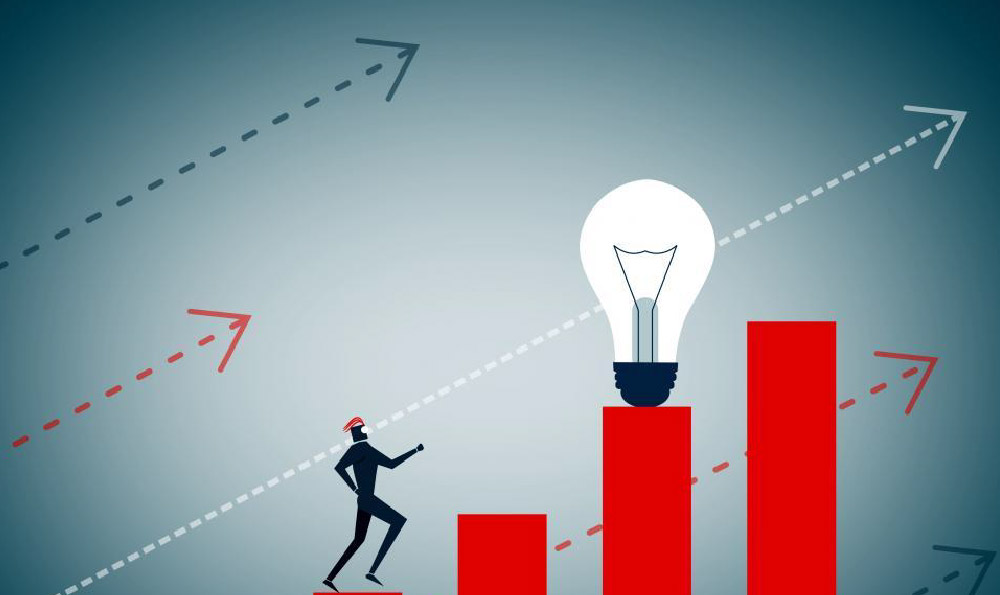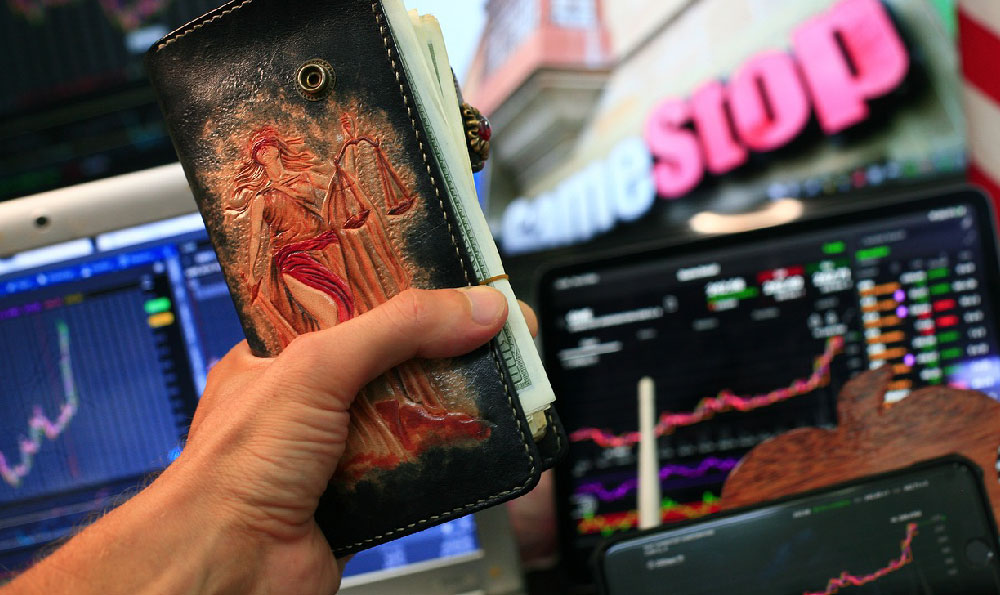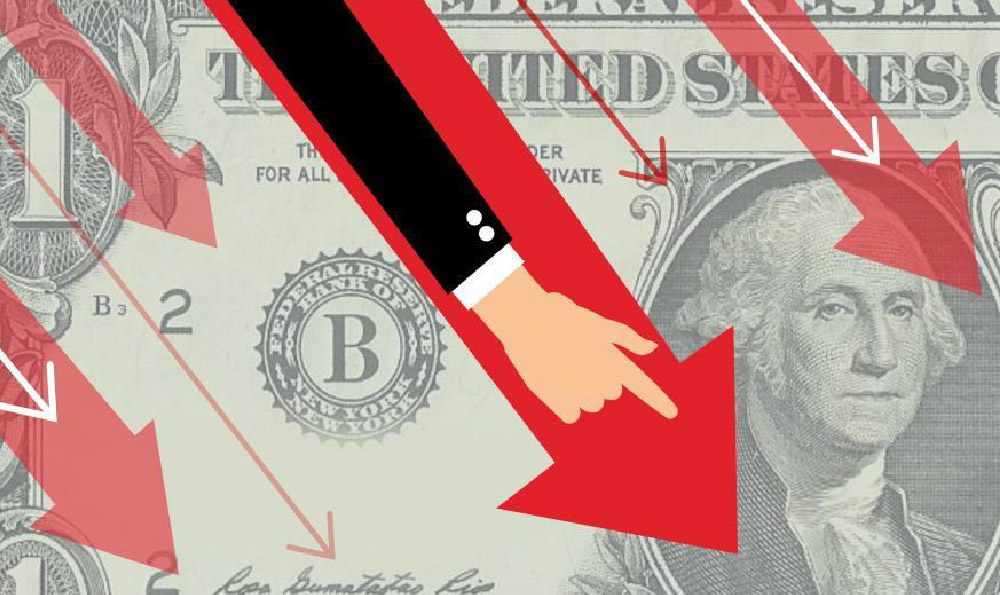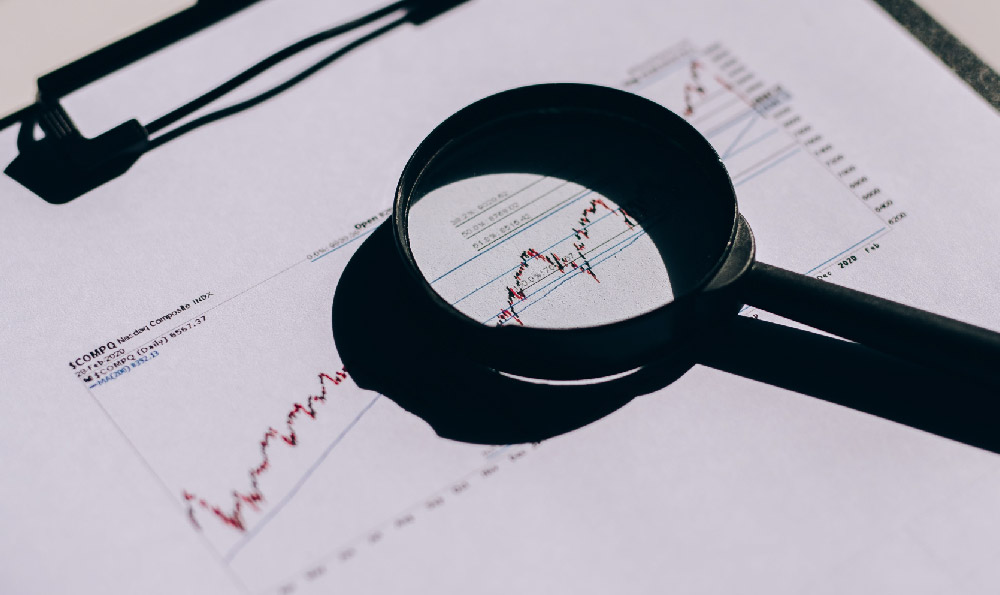
Bookmakers, the seemingly omnipresent entities in the world of sports and gambling, occupy a curious space. They facilitate the very activity that could, theoretically, bankrupt them: accepting wagers on unpredictable events. Yet, they thrive. The key to their sustained profitability lies not in clairvoyance or manipulation of sporting outcomes, but rather in a sophisticated blend of mathematical modeling, risk management, and behavioral economics. Understanding how bookmakers earn and what profit strategies they employ offers a fascinating insight into the mechanics of the gambling industry.
At its core, the bookmaker's business model revolves around the concept of the "vigorish," often referred to as the "vig," the "juice," or the "overround." This is the commission that the bookmaker charges on every bet. Think of it as a service fee for the convenience of placing a wager and the potential to win. It's how they ensure profitability regardless of the outcome of the event.
To illustrate, consider a perfectly fair coin toss. A fair bet would offer even odds, meaning a bet of $10 would return $20 (your $10 stake plus $10 winnings). However, a bookmaker wouldn't offer those odds. Instead, they might offer odds of 1.90 (or -110 in American odds) on either heads or tails. This means a $10 bet would return $19. That extra $1 is the vig. Where does that $1 go? It accrues to the bookmaker.

The bookmaker's goal is to balance their books, meaning they aim to have roughly equal amounts of money wagered on each possible outcome. In the coin toss example, if they have $1,000 wagered on heads and $1,000 wagered on tails at odds of 1.90, their total liability is $1,900 (to pay out the winning side). Since they collected $2,000 in wagers, they are guaranteed a profit of $100, regardless of whether the coin lands on heads or tails. This guaranteed profit is the essence of the bookmaker's business.
However, real-world sporting events are far more complex than coin tosses. Balancing the books perfectly is rarely achievable. This is where sophisticated risk management comes into play. Bookmakers employ teams of mathematicians, statisticians, and odds compilers who analyze vast amounts of data to determine the probabilities of various outcomes. They consider factors like team form, player injuries, historical data, and even weather conditions to refine their odds.
These odds are not simply reflective of the perceived probability of an event occurring. They are strategically adjusted to attract bettors and, more importantly, to influence the distribution of wagers. If a bookmaker notices a disproportionate amount of money being wagered on one outcome, they will adjust the odds to make the other outcomes more appealing, thereby encouraging more balanced betting. This dynamic adjustment of odds is a constant process, driven by real-time betting patterns and informed by sophisticated statistical models.
Beyond simply balancing the books, bookmakers also exploit cognitive biases and psychological tendencies of bettors. For example, they often offer "accumulator" or "parlay" bets, which involve combining multiple selections into a single wager. While these bets offer the potential for large payouts, the odds are stacked heavily in the bookmaker's favor. The probability of winning an accumulator bet decreases exponentially with each additional selection, making it a highly profitable product for the bookmaker. The allure of a large potential payout, however, often overrides the rational assessment of the extremely low probability of success.
Another tactic is to offer promotional deals and bonuses. These might include "free bets" or "enhanced odds" on certain events. While these promotions may appear generous, they are carefully calibrated to attract new customers and encourage existing customers to bet more frequently. The terms and conditions associated with these promotions often contain limitations and restrictions that make it difficult for bettors to profit significantly. They are, in essence, marketing expenses designed to drive long-term customer loyalty and increase overall betting volume.
Furthermore, bookmakers understand the importance of managing their exposure to "shrewd" bettors, those individuals or syndicates who possess specialized knowledge or sophisticated betting strategies. These bettors are often able to identify inefficiencies in the market and exploit them for profit. Bookmakers may limit the stakes that shrewd bettors can place, or even refuse their bets altogether, to protect their own profitability. This active management of customer relationships is a critical component of risk control.
The rise of online betting has further complicated the bookmaker's business. The increased accessibility and convenience of online platforms have led to a proliferation of bookmakers and a more competitive market. This competition has forced bookmakers to become more innovative in their pricing and marketing strategies. They are now constantly experimenting with new betting products and promotional offers to attract and retain customers.
In conclusion, bookmakers earn through a combination of the vigorish, sophisticated risk management, and an understanding of behavioral economics. They carefully balance their books, adjust odds in response to betting patterns, and exploit cognitive biases to maximize their profitability. While the odds may appear to be based solely on the probability of an event occurring, they are strategically manipulated to ensure the bookmaker's long-term financial success. It is a complex and dynamic business that requires a deep understanding of mathematics, statistics, and human psychology.




